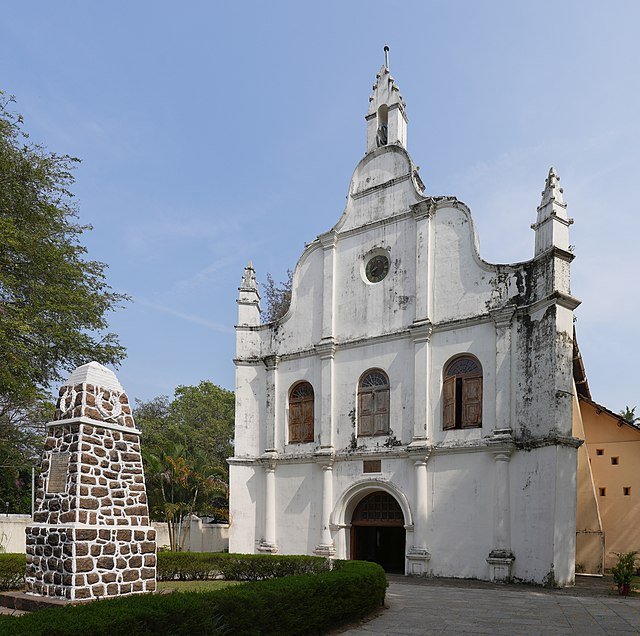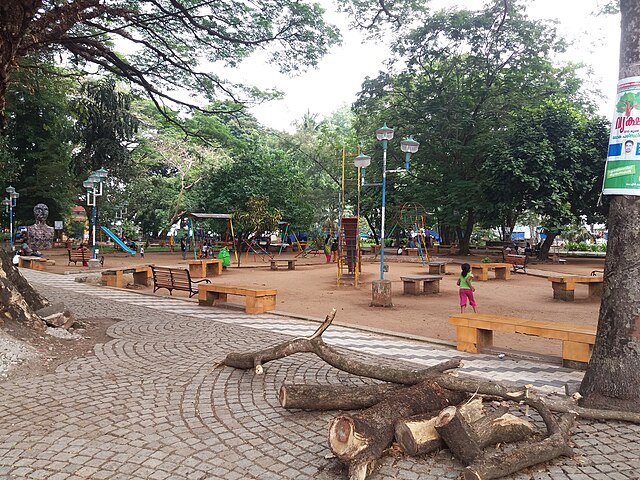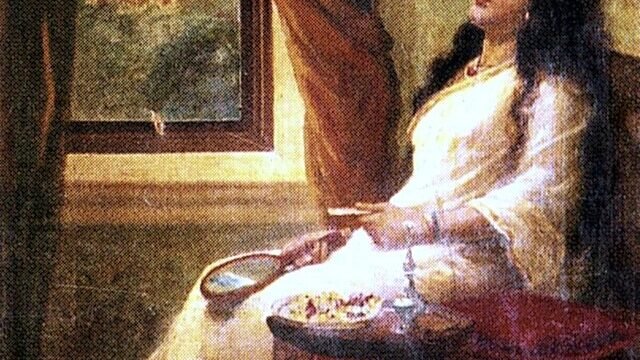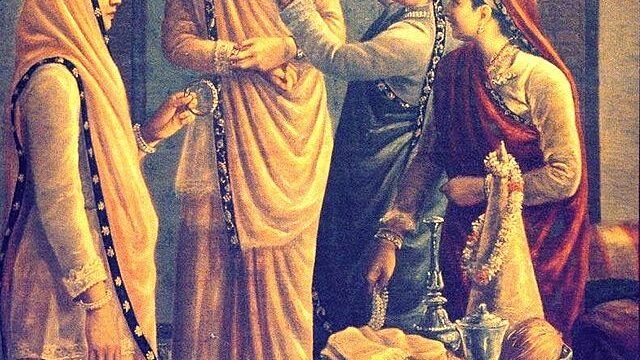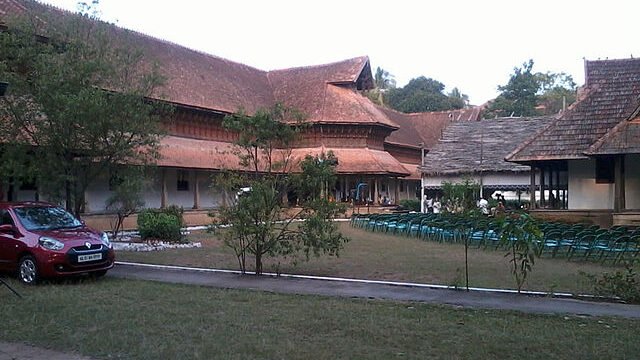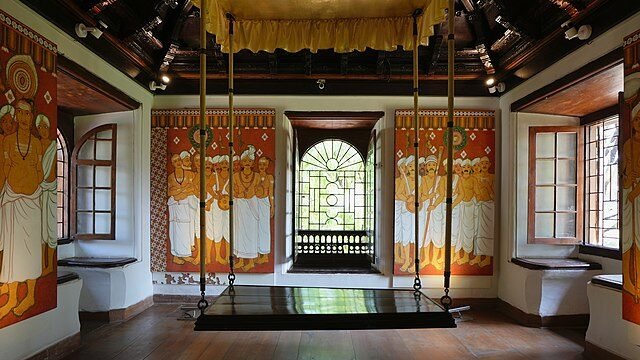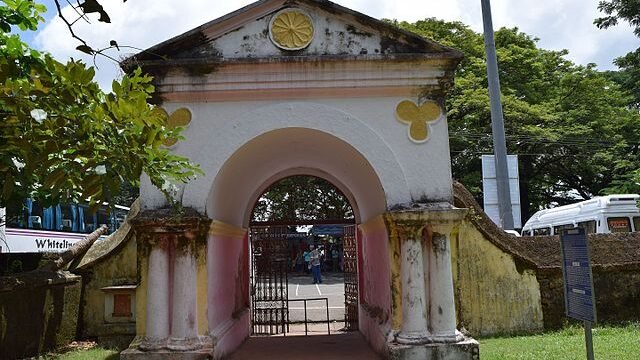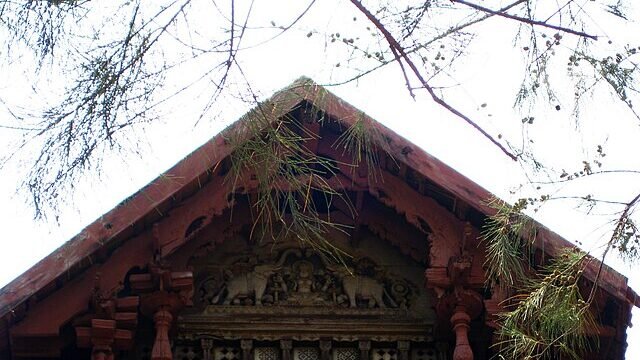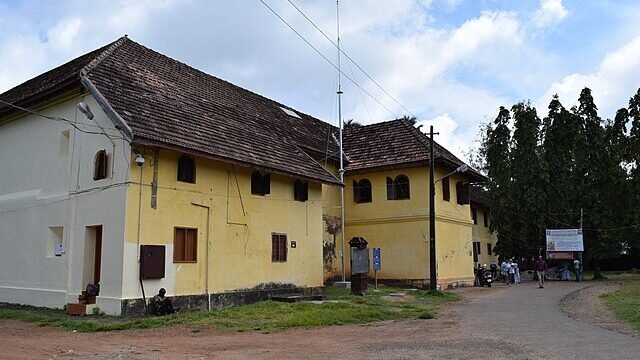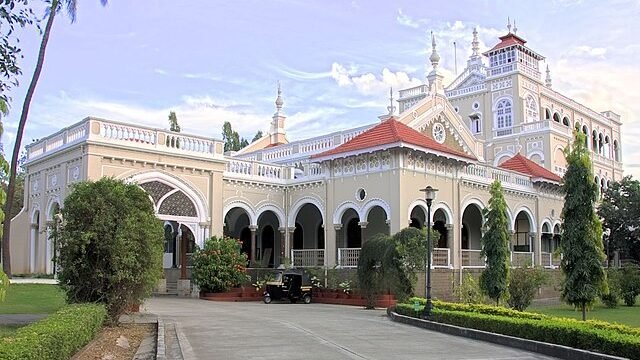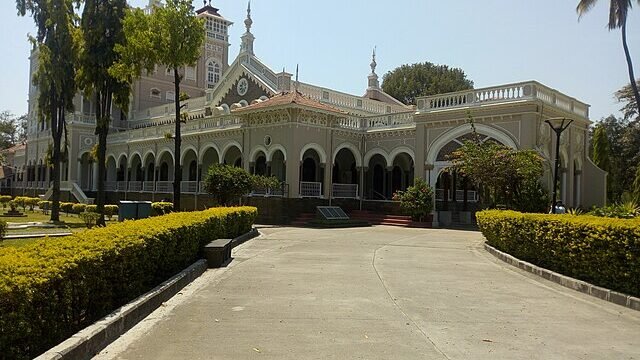Unpacking Fort Kochi – Where History Whispers and Art Blooms
Description
Introduction: Step into a Living Canvas
Why visit? To wander through time itself. To feast upon a sensory tapestry woven from the threads of diverse influences. To witness a testament to enduring heritage, a place where the past isn't just remembered, but actively lived.
A Walk Through Time: Fort Kochi's Epic Saga
The story begins, as so many do, with a twist of fate. In the 14th century, a cataclysmic flood irrevocably altered the landscape, creating the legendary natural harbor that would transform a quiet fishing village into a global trading powerhouse, a magnet for the spice-hungry empires of the world.
Then came the grand arrivals, each leaving an indelible mark upon the town's character, creating a colonial kaleidoscope that continues to fascinate:
- The Portuguese (1503-1663): The trailblazers, the first Europeans to set foot upon this land. They built Fort Manuel, the bastion that lent the town its name. St. Francis Church, originally built by the Portuguese, stands as a poignant reminder, housing for a time the remains of Vasco da Gama himself. They instilled an early European flair, a cultural seed that would blossom in unexpected ways.
- The Dutch (1663-1795): Pragmatic inheritors, the Dutch seized the reins, meticulously shaping much of the town's current layout. They transformed Fort Kochi into a thriving commercial and military hub. Less concerned with religious zeal, they focused on commerce and strategic advantage.
- The British (1795-1947): The final colonial chapter unfolded as Fort Kochi was integrated into the Madras Presidency. The British further developed its port, solidifying its importance in their vast empire.
Post-independence, Fort Kochi gracefully joined the Indian Union, retaining its unique, layered identity, a mosaic of influences that defied easy categorization.
Consider the cultural melting pot: Chinese fishing nets casting their graceful shadows alongside ancient synagogues, Dutch palaces adorned with Hindu murals, and British-era bungalows serving up fragrant Portuguese-inspired seafood. This confluence – Chinese, Arab, Jewish, Portuguese, Dutch, and British – created a truly unique heritage visible in everything from cuisine to coexistence.
Fort Kochi Today: Where Old World Charm Meets Bohemian Vibes
Today, Fort Kochi is a place where history doesn't merely reside in museums but pulsates in the streets. It’s a place for exploration, a sensory feast waiting to be devoured.
The Iconic Sights & Experiences:
- Chinese Fishing Nets (Cheena Vala): These massive structures, a legacy of ancient trade, perform their graceful ballet at sunrise and sunset, an enduring symbol of Fort Kochi's unique blend of cultures. Watching them is pure magic, a meditation on time and tradition.
- Architectural Gems:
- St. Francis Church: India's oldest European church, a solemn sentinel of history, a place where the weight of centuries can be felt in its very stones.
- Santa Cruz Cathedral Basilica: A Gothic marvel, its vibrant interiors a testament to the enduring power of faith and artistry.
- Mattancherry Palace (Dutch Palace): Within its walls, murals whisper ancient tales and royal history, offering a glimpse into a world of kings and conquests.
- Jew Town & Paradesi Synagogue: A winding street filled with antique treasures, fragrant spices, and the Paradesi Synagogue, the oldest active synagogue in the Commonwealth. It is a cultural immersion, a journey into a community with a rich and poignant history.
- Art & Performance Hub:
- Street Art: Fort Kochi is an open-air gallery, a canvas for vibrant murals that capture the spirit of the town and its people.
- Kochi-Muziris Biennale: Every two years, Asia's largest contemporary art festival transforms the town, challenging perceptions and sparking dialogue through art.
- Kerala Kathakali Centre: Lose yourself in the elaborate costumes and mesmerizing gestures of Kathakali dance-drama, or witness the ancient artistry of Kalaripayattu martial arts.
- Coastal Bliss:
- Fort Kochi Beach: A place to relax, stroll, and witness breathtaking sunsets. (Note: swimming is generally not recommended).
- Ferry Rides & Sunset Cruises: Explore the tranquil backwaters, spot playful dolphins, and admire the Chinese fishing nets from a unique perspective.
- Foodie Paradise: A diverse culinary scene awaits, blending global and Kerala flavors in a symphony of tastes – from fresh seafood to art cafes to traditional thalis.
- Shopping: Explore the shops along Princess Street (Loafer's Corner), where you can find everything from spices to handicrafts to vintage treasures.
Getting There is Half the Adventure:
- By Air: Fly into Cochin International Airport (COK), then take a taxi or bus into Fort Kochi.
- By Train: Arrive at Ernakulam Junction (ERS) or Ernakulam Town (ERN), then take a ferry, bus, or taxi.
- By Road: Fort Kochi is well-connected by highways and easily accessible by bus or taxi from across Kerala.
Current Buzz & Opinions:
- Visitors often describe the "laid-back vibe," the rich history, and the unique cultural blend as particularly captivating.
- Fort Kochi is a haven for artists, writers, and those seeking a tranquil, enriching experience.
- It has been recognized as one of National Geographic's top tourist destinations!
Shadows on the Canvas: Challenges & Controversies
But paradise is rarely without its shadows. Fort Kochi, for all its beauty, grapples with its own set of challenges:
The Unseen Side of Paradise:
- Waste Woes: The persistent accumulation of plastic and general waste on beaches and streets is a major blight on its beauty.
- Erosion Alert: Fort Kochi Beach is shrinking, a stark reminder of the threat posed by coastal erosion, exacerbated by environmental changes and human activity.
- Infrastructure Hiccups: Crumbling walkways, a lack of clean public toilets, and inadequate street lighting present practical challenges for visitors.
Beyond the Scenery – Recent Stumbles:
- Hotel Scandals: Allegations of drug abuse and other illegal activities at a prominent hotel have cast a shadow over the town's reputation.
- Poster Problems: A recent controversy involving tourists tearing down pro-Palestine posters led to legal action and highlighted cultural sensitivities.
- Racism Claims: Instances of alleged discrimination at local establishments have sparked debate and raised questions about inclusivity.
The Tourism Trap Dilemma:
The specter of "over-tourism" looms large, threatening to lead to gentrification, displacement of traditional trades, and a potential loss of authentic charm. Is Fort Kochi becoming too popular for its own good?
Looking Ahead: Painting a Greener, Brighter Future
Yet, Fort Kochi is not standing still. It is actively seeking to address these challenges and enhance its appeal for generations to come.
- Bold Visions: Major plans are underway to ensure a sustainable future.
- Going Green by 2025: An ambitious goal to become a "green tourism destination" is driving initiatives to improve waste management, increase the availability of bins, and enforce stricter plastic controls.
- The Grand Master Plan: A 30-year vision aims to create a sustainable, livable heritage and cultural town, seamlessly connecting all historical sites while respecting and preserving local life.
- Infrastructure Boost: Multi-crore projects have been sanctioned to improve amenities, including more toilets, benches, enhanced lighting, and beautifully designed public spaces, such as the revamped Nehru Park.
- Heritage Under Protection: UNESCO-supported conservation projects, backed by significant funding (₹50 crore), are dedicated to preserving historic buildings and maintaining the old-world aesthetic, safeguarding against illegal renovations and insensitive development.
- Connectivity Upgrade: The expansion of the Kochi Water Metro promises smoother, more scenic travel between islands, opening up new possibilities for exploration and reducing traffic congestion.
- Community Involvement: Locals are actively participating in heritage preservation efforts, ensuring their voices are heard and their perspectives are incorporated into shaping the future of their town.
Quick Fort Kochi FAQs
- Q: When's the absolute best time to visit Fort Kochi?
- A: October to March offers pleasant weather and coincides with festivals like Cochin Carnival & the Biennale.
- Q: How many days should I spend there?
- A: 2-4 days provides a good balance of sightseeing and relaxation.
- Q: Is Fort Kochi budget-friendly?
- A: Yes, generally more affordable than other major Indian cities.
- Q: Can I swim at Fort Kochi Beach?
- A: It's not really recommended. Consider heading to Cherai Beach on Vypin Island for a more suitable swimming experience.
Conclusion: Fort Kochi – A Timeless Gem Awaiting Your Discovery
Fort Kochi offers a truly unique blend of fascinating history, vibrant culture, artistic expression, and undeniable charm. It's a place that lingers in the memory long after you've left, a reminder of the enduring power of cultural exchange and the beauty that can arise from the confluence of diverse influences.
Despite its challenges, Fort Kochi remains a must-visit destination. Come and explore its winding streets, soak in its multicultural spirit, and witness its exciting journey towards a sustainable future. Come, and allow yourself to be captivated by the whispers of history and the vibrant blooms of art that define this timeless gem.
Location
Review
Login to Write Your ReviewThere are no reviews yet.

